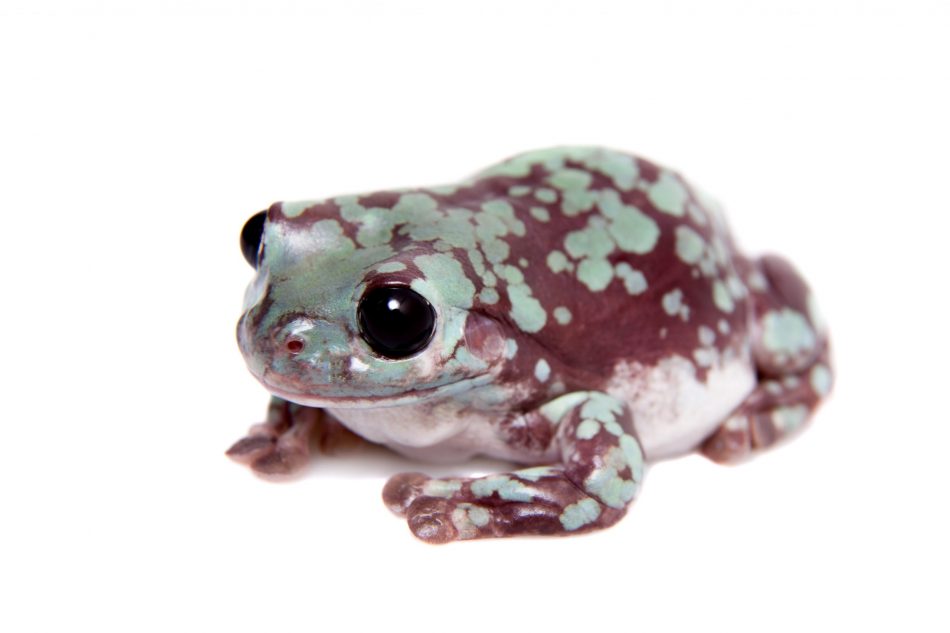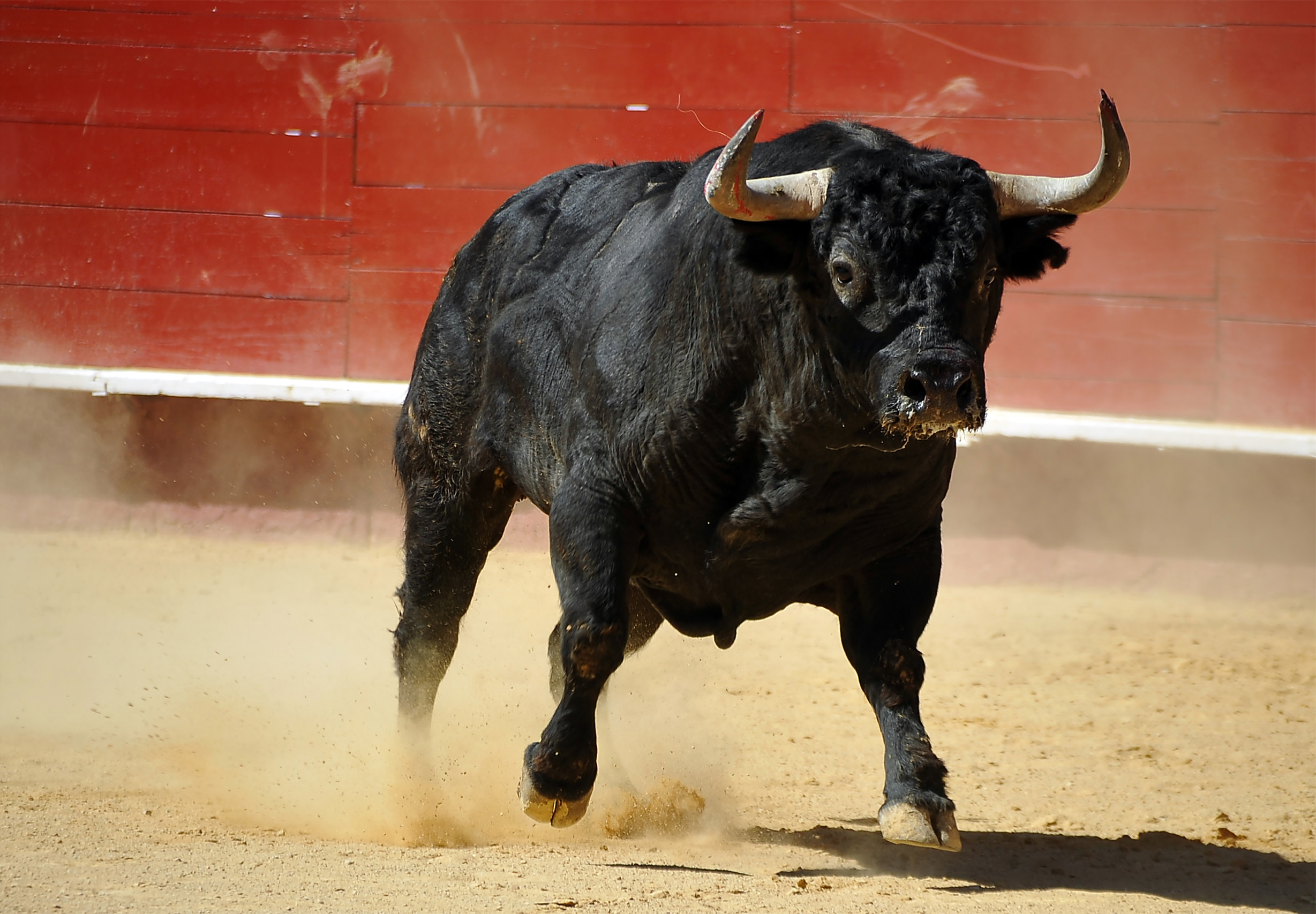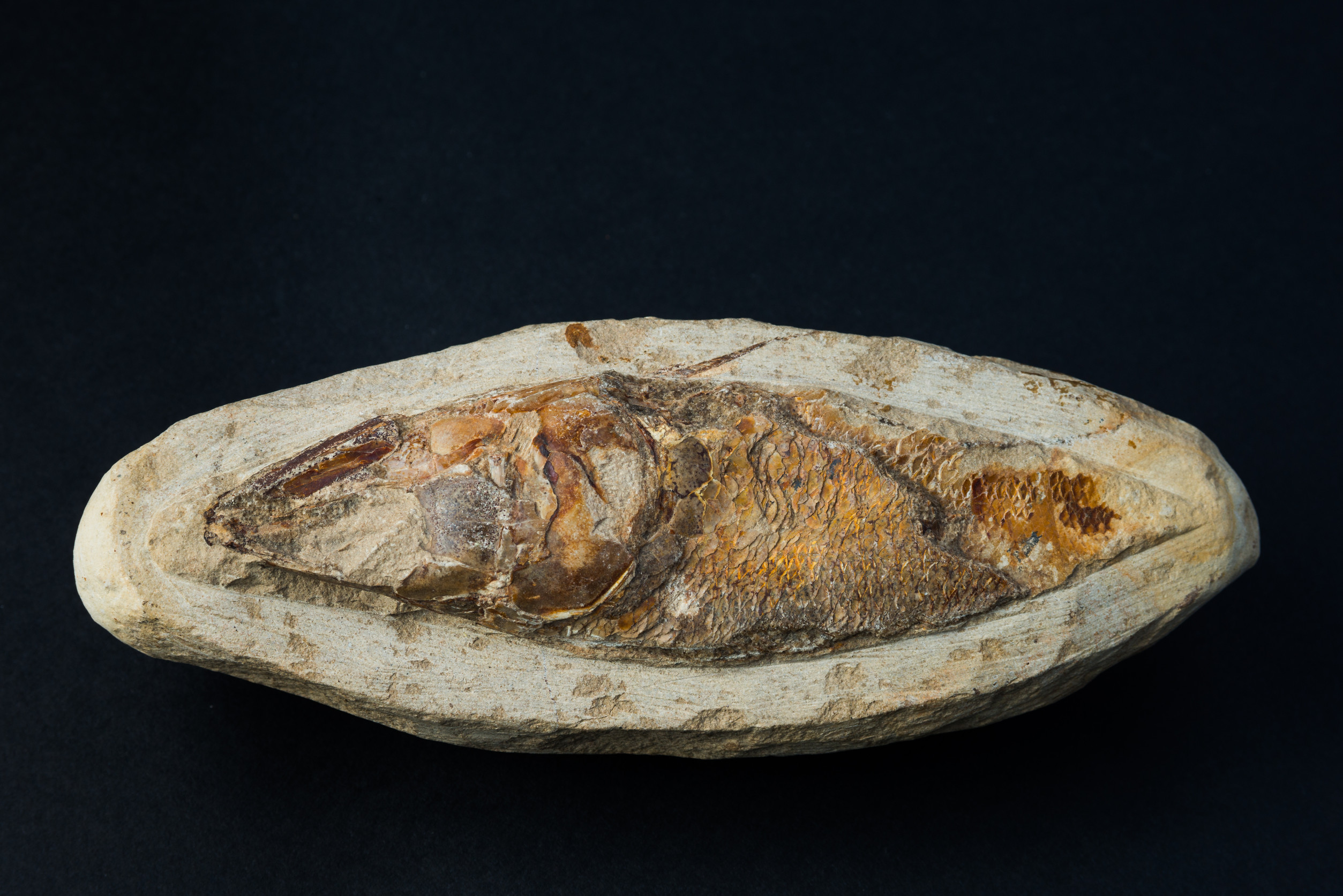While it might not seem like much because of its size, the spotted tree frog is a critical species for the biodiversity of its Australian habitats. Of the almost 300 of these endangered frogs released into the wild, only about 10 survived the wildfires of 2019 and 2020. This was disheartening, to say the least, but the tiny amphibian has made yet another leap away from extinction, thanks in large part to conservation efforts.
80 endangered spotted tree frogs have now been re-released into the wild.
Escaping extinction yet again
The spotted tree frog is what biologists and conservationists call a bioindicator, which is a species whose wellbeing indicates the general health of a whole ecosystem. Needless to say, the precarious state of the spotted tree frog has been worrisome. Now, though, 80 of them have been rereleased into Kosciuszko National Park, a sign that biologists believe it has a fighting chance in nature.
“Releasing these 80 Spotted Tree Frogs back into the wild despite all the setbacks this species has faced is a reminder to have optimism about the conservation work we’re doing, because it’s clearly making a positive difference,” New South Wales Minister for Environment James Griffin said in a press release.
The spotted tree frog normally is the only frog species in many streams, and its tadpoles are often responsible for clearing algae out of these streams. The spotted tree frog is also itself food for various species such as different snakes and birds, making it an important part of the ecosystem’s food chain.
The release of these 80 frogs could mean the beginning of a turnaround for the species and their New South Wales ecosystems. With more help from conservationists and biologists, the spotted tree frog could help clear algae out of its inhabited streams and begin a process of returning this part of Australia to its former wondrous biodiversity.











